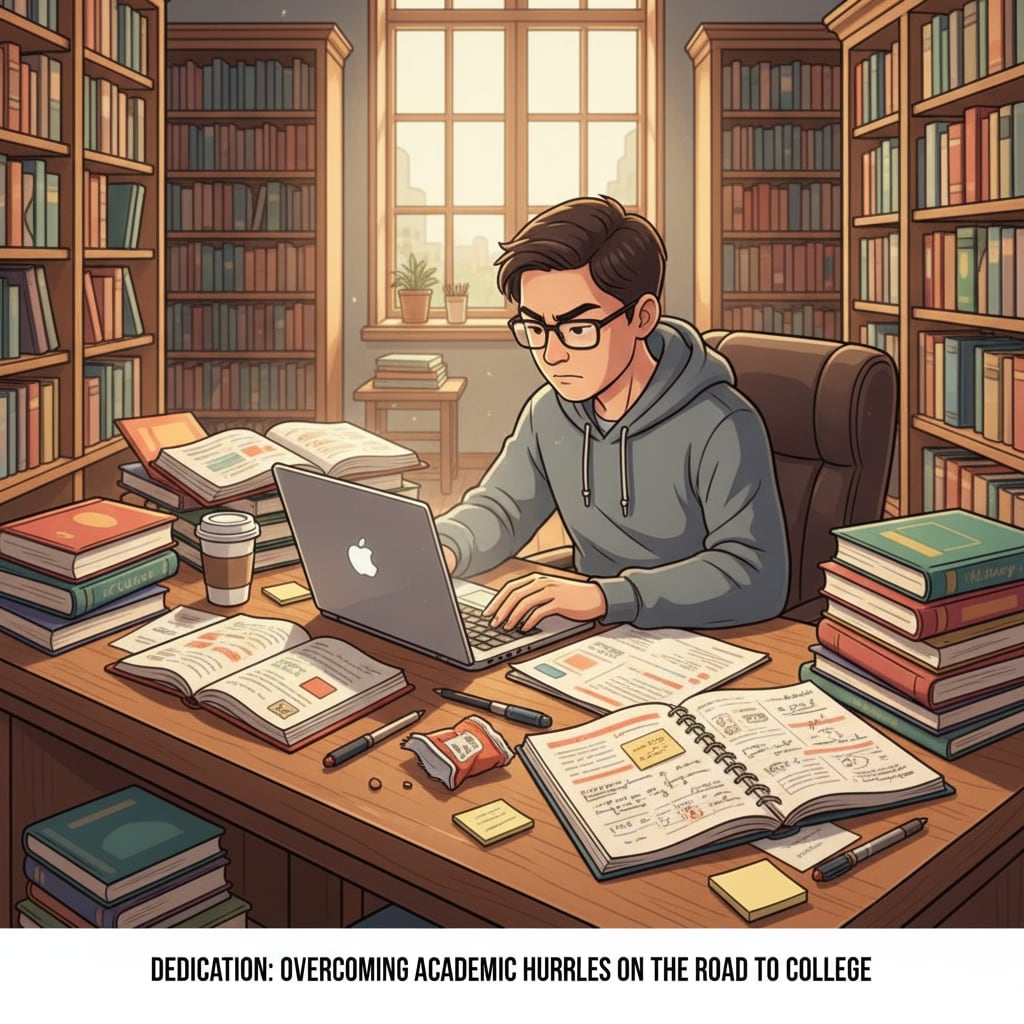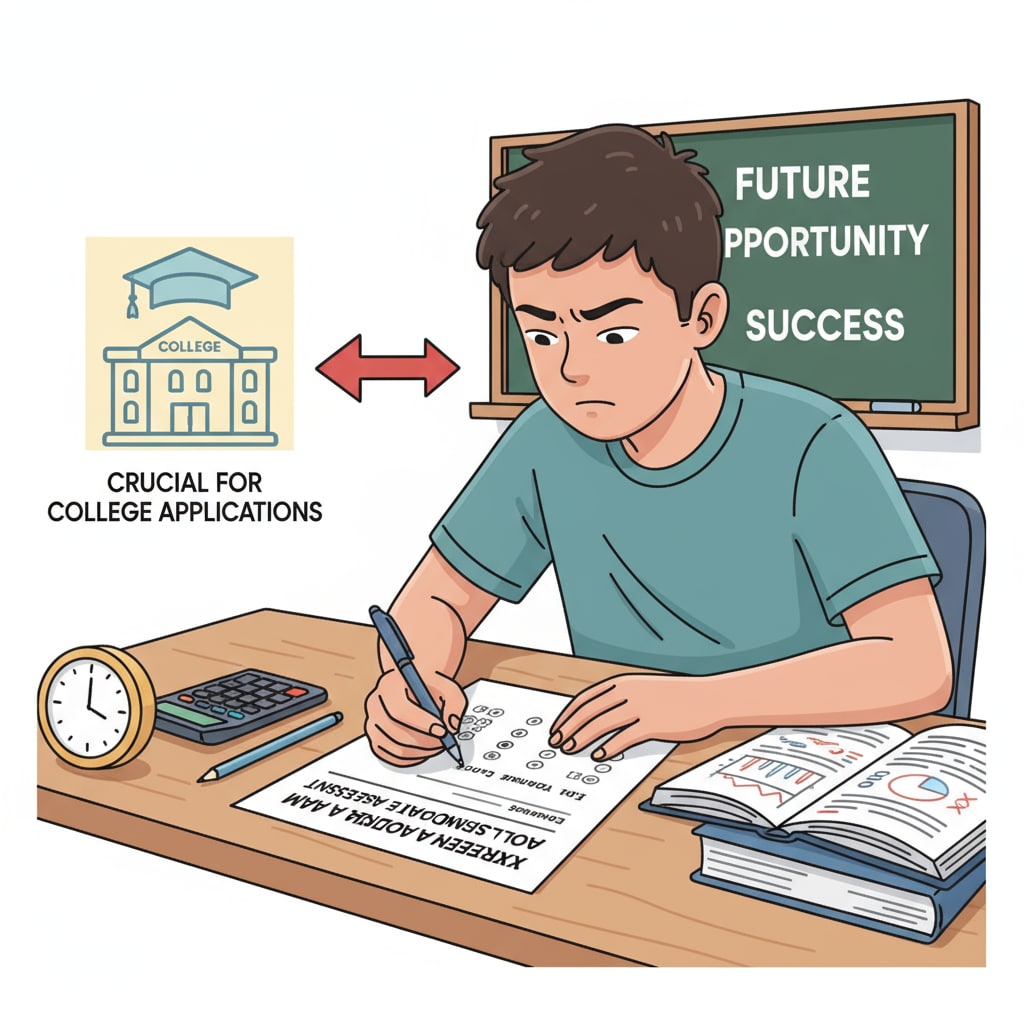Academic rigor, external exams, and college applications are intertwined elements that can pose unique challenges for students in non-rigorous academic environments. For those attending schools where the academic intensity is lacking, the path to a successful college application might seem daunting. However, with the right strategies, students can turn the situation around and present themselves as strong candidates.

Understanding the Impact of Academic Rigor Deficiency
Schools with a lack of academic rigor may not offer the same depth of courses or high-level instruction as more competitive institutions. This can put students at a disadvantage when it comes to college applications. Admissions officers often look for students who have challenged themselves academically. Without the proper academic foundation, students may struggle to showcase their potential. For example, courses with less rigor might not cover advanced topics that are expected in college-level work. As a result, students may find it difficult to keep up with the curriculum at more prestigious universities. College Education Statistics on EducationData.org
The Role of External Exams
External exams can serve as a powerful tool to demonstrate academic proficiency. Standardized tests like the SAT, ACT, and Advanced Placement (AP) exams can provide an objective measure of a student’s knowledge and skills. By excelling in these exams, students can show colleges that they have the ability to handle challenging coursework. For instance, achieving a high score on an AP exam in a subject not covered comprehensively in school can prove that the student has taken the initiative to learn independently.

Additionally, many colleges consider AP scores for credit, which can be a significant advantage. College Board official website
Self-planning is another crucial aspect for students in this situation. They can create a personalized study plan to fill in the gaps in their academic knowledge. This could involve setting aside dedicated time each day for self-study, exploring online resources, and even seeking mentorship from teachers or professionals in the field. By taking control of their learning, students can show colleges their motivation and self-discipline. For example, a student interested in a particular major can research relevant courses and study materials to gain a deeper understanding of the subject.
In conclusion, students in non-rigorous academic environments should not be discouraged. By leveraging external exams and engaging in effective self-planning, they can overcome the limitations of their school system and build a strong case for college admissions. Academic rigor, external exams, and college applications are not roadblocks but rather opportunities for students to demonstrate their resilience and potential.
Readability guidance: The article uses short paragraphs to convey ideas clearly. Each H2 section provides key points related to academic challenges and solutions. Passive voice is minimized, and transition words like ‘however’, ‘for example’, and ‘as a result’ are used to enhance flow. Lists could be further incorporated in future expansions for better organization.


